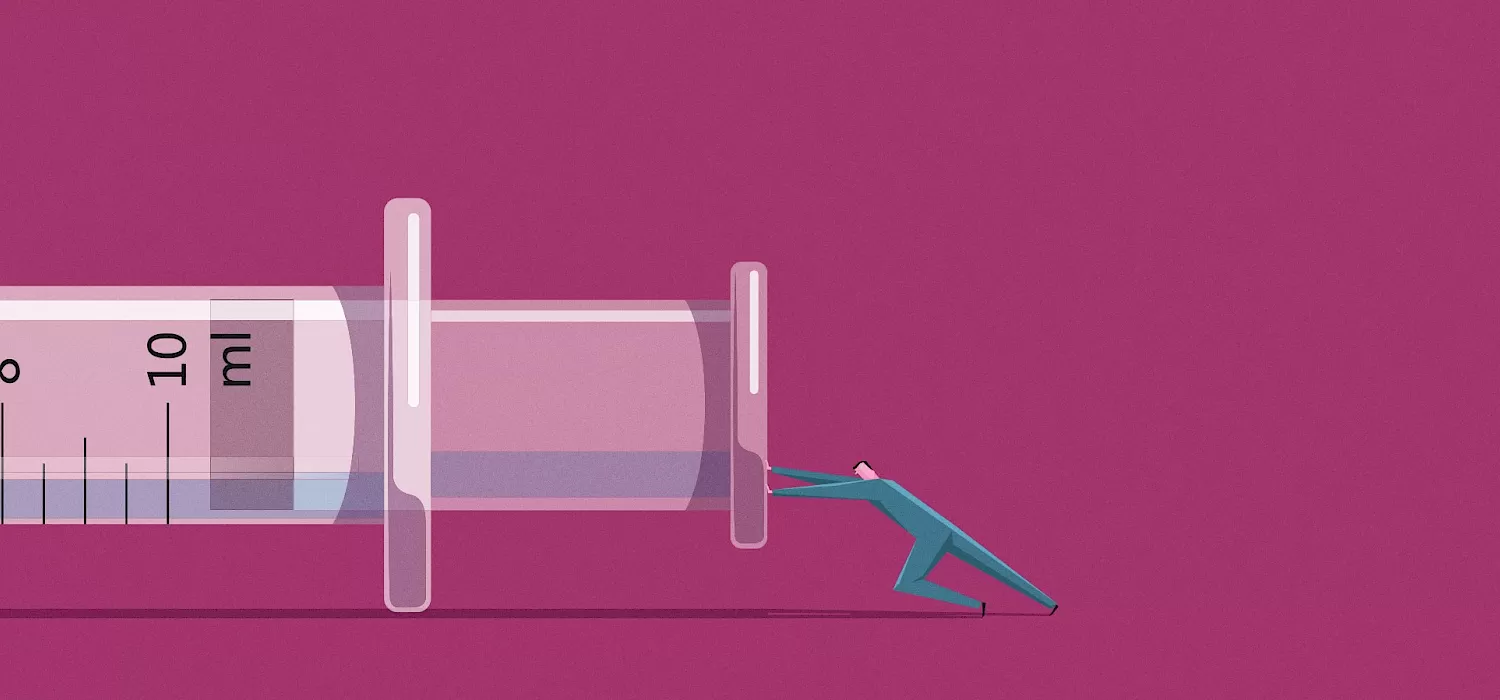The Road to FDA Approval

First, what is the FDA and what do they do? Many people assume that the FDA develops treatments, or that they choose treatments or indications for development, but that’s not true. They do not develop treatments, they do not fund treatment development, and they do not choose the patient groups to be served.
The FDA, or Food and Drug Administration, is the national regulatory body in the US, which means that they provide requirements for the development of investigational products (drugs and biologics) and evaluate those investigational products to determine if they are safe and effective. Does the benefit of an investigational product outweigh the risks? Their primary concern, and rightly so, is the safety of the population at large. And protecting patients from harm, whether transient or permanent, is a heavy burden to bear. Just think about that responsibility for a minute.
Pharmaceutical or biotech companies choose the investigational product and the patient population it will be developed for, and create a development plan according to FDA regulations that consists of animal and human studies. After obtaining some initial data to support developing the product, the development plan is submitted to the FDA in an Investigational New Drug application (IND). Non-clinical development occurs in the lab or in animal models to learn about what doses are safe, the specific dose limiting side effects or toxicities, if there is a potential to cause cancer or birth defects, and other critical safety issues. If there are no red flags from these key non-clinical studies, the FDA will approve the investigational product to move into humans.
Many questions about safety and efficacy must be addressed as a clinical development program progresses. Has the dose range been sufficiently explored to find the lowest effective dose and the highest safe dose? Has the most appropriate frequency and duration of dosing been determined? What adverse events occur and are they manageable or dangerous? Are there interactions with other drugs or medical conditions that could be problematic? As you might expect, needs change as data are generated so the addition of new studies or changes in study designs are common.
The path down clinical development begins with understanding how the investigational product behaves in the body and what doses are safe. The first human trials, Phase 1, focus primarily on defining doses that are safe to administer to humans. Phase 1 trials are most commonly performed in healthy volunteers, though for some treatments like chemotherapy or gene therapy where it is not appropriate to administer to healthy volunteers, patients are enrolled instead. Phase 2 trials are designed to identify safe and effective doses in patients and generate important dose regimen and endpoint information to support the design of the Phase 3 trials that will be used for FDA approval. In the third stage of drug development, Phase 3 pivotal trials are designed to definitively prove efficacy and confirm the safety. Each study typically builds on information gained in the previous study until efficacy has been optimized with clearly defined dosing regimens, and an acceptable overall safety profile is confirmed.
Once a company has completed their planned clinical development, the entire data package is compiled and submitted to the FDA in a New Drug Application (NDA) or a Biologics License Application (BLA), as appropriate, for review. The FDA evaluates what the company has submitted and determines whether they have sufficiently demonstrated the safety and efficacy of the product in the selected patient population. If they have, the product gets approved and becomes available for your doctor to prescribe. If they haven’t, there’s more work to be done. At the end of the day we can sleep soundly knowing that the FDA is working with companies to ensure that safe, efficacious products are available for ourselves and our children.
Understanding what the FDA is and how it works is critical to our work at RSRT, especially as we expect to have more opportunities to advance our basic research initiatives into clinical trials. As always at RSRT, we want to move us as fast as possible toward changing the lives of every child and adult with Rett.


